Just 2 kms. from the town of Sighnaghi, we made another stopover at the Monastery of St. Nino at Bobde, one of the major pilgrimage sites in Georgia as it is the burial place of the revered St. Nino. A 4th-century female evangelist of Georgians, she is credited with the conversion of the ancient East Georgian Kingdom of Iberia (and Armenia by some accounts) to the Orthodox Christian faith. She withdrew to the Bodbe Gorge, in Kakheti, and died there around 338-340 AD. At the behest of Iberian King Mirian III (reign: 284-361 AD), a small monastery was built at the place where St. Nino was buried.
During the late Middle Ages, the monastery gained particular prominence when it was favored by the kings of Kakheti who chose it as the place of their coronation. In 1615, the Bodbe monastery was pillaged by troops of Shah Abbas I of Persia but was restored by King Teimuraz I of Kakheti (reign: 1605-1648). With the revival of monastic life in Bodbe, a theological school was opened and the monastery also operated one of the largest depositories of religious books in Georgia and was home to several religious writers and scribes.
Under Metropolitan John Maqashvili, Bodbe monastery continued to flourish even after the annexation of Georgia by the Russian Empire (1801), enjoying the patronage of Tsar Alexander I of Russia. In 1823, the monastery was repaired and adorned with murals. However, upon John’s death in 1837, the Russian Orthodox exarchate, active in Georgia since 1810, abolished the convent and converted it into a parish church. The monastery went into disrepair in the following decades but, in the 1860s, Archimandrite Macarius (Batatashvili) began to restore the monastery and established a chanting school.
In the 1880s, Mikhail Sabinin refurbished the chapel housing St. Nino’s relics. In 1889, Tsar Alexander III of Russia visited Bodbe and decreed to open a nunnery there. The resurrected convent operated a school where needlework and painting was taught but, in 1924, the Soviet government closed down the monastery and converted it into a hospital. In 1991, after the dissolution of the Soviet Union, the Bodbe monastery was resumed as a convent. Between 1990 and 2000, restoration works were carried out. In 2003, restoration was resumed when part of the 17th-century wall surrounding the basilica was demolished and the earlier, original one restored.
Today, the monastery, nestled among tall cypress trees on a steep hillside overlooking the Alazani Valley, is very well set up to the handle the thousands of visitors it receives each year. Just outside the gates is a complex with amenities such as parking, a restaurant run by the nuns, and clean restrooms.
Once inside the gate, we were welcomed by lovely, well-kept and peaceful gardens and orchards. I instantly felt relaxed as we walked its smooth stone walkways surrounded by its peaceful beauty. In spite of our arrival, the nuns we saw still went about their daily business and devotions. The first structure that greets you is the free-standing, 3-storey bell-tower which was erected between 1862 and 1885.
Adjacent to the tower is the extant church, a 3-nave aisled basilica with 3 protruding apses. Originally built between the 9th and 11th centuries, it had been significantly modified and restored, especially in the 17th and 19th centuries when both exterior and interior walls were plastered. Integrated within the basilica is a small hall church with an apse built over St. Nino’s grave. Photography wasn’t allowed inside and strict dress code is observed. The church is richly decorated with frescoes and there are a few impressive icons in it. The tomb of St. Nino is covered with a marble memorial.
At the back of the church is a viewpoint with a spectacular view of the Alazani Valley beneath us and, as it was a fine, clear day, the snow-clad Greater Caucasus mountains beyond. Quite enchanting. We also visited the nice gift shop which has religious and cultural items (icons, prayer ropes, books, local Georgian crafts, postcards, candles, trinkets, etc.) on sale. Here, I bought a beautiful watercolor painting of St. Nino (not an iconic painting but a modern painting) as well as one of Emperor Constantine and St. Helena together. I left these with Buddy, who had it blessed inside the basilica, together with those he bought.
I noticed a sign pointing us to the direction of St. Nino’s Spring which is some 3 kms. from the convent. To get there, we would have to hike steeply down some 600 odd steps (with occasional landings with benches) that wind its way through pleasant woodland. Too bad we didn’t have time to do so. In the 1990s, the small Chapel of St. Zabulon and St. Sosana was constructed to house the spring, which is believed to have magical curative properties. According to a local legend, the spring emerged through Nino’s prayers.
I truly appreciated our visit to this very tranquil and restful place, probably the most dramatic monastery in the country. With its divine atmosphere, it is certainly worth a long stopover.
Georgia National Tourism Administration: 4, Sanapiro St, 0105, Tbilisi, Georgia. Tel: +995 32 43 69 99. E-mail: info@gnta.ge. Website: www.georgia.travel; www.gnta.ge.
Qatar Airways has daily flights from Diosdado Macapagal International Airport (Clark, Pampanga) to Tbilisi (Republic of Georgia) with stopovers at Hamad International Airport (Doha, Qatar, 15 hrs.) and Heydar Aliyev International Airport (Baku, Azerbaijan, 1 hr.). Website: www.qatarairways.com.

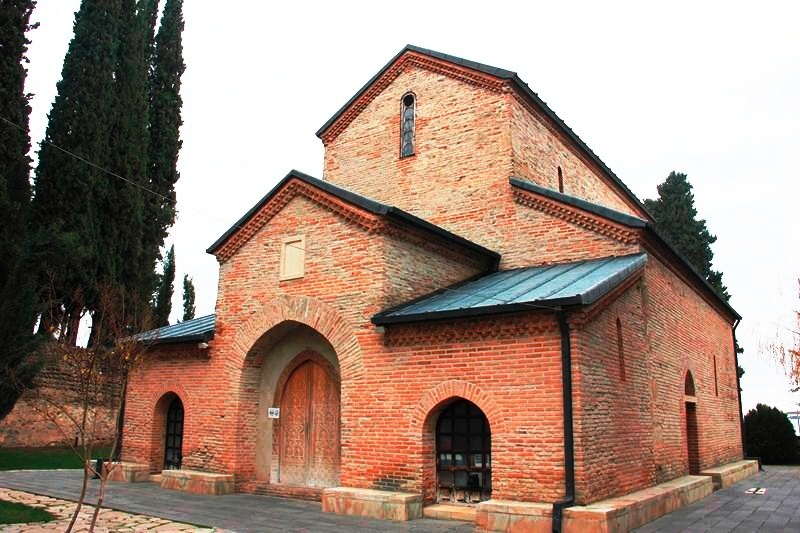
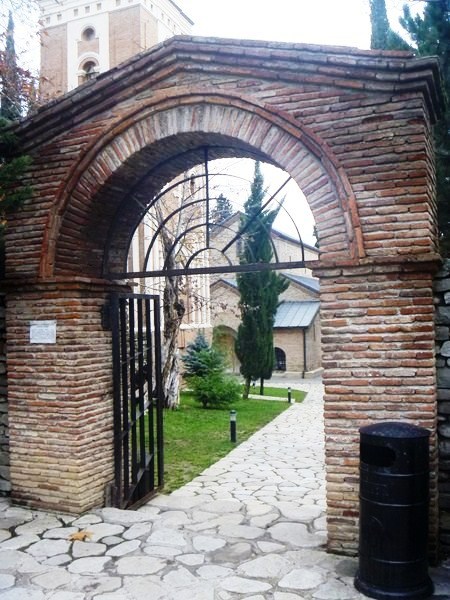
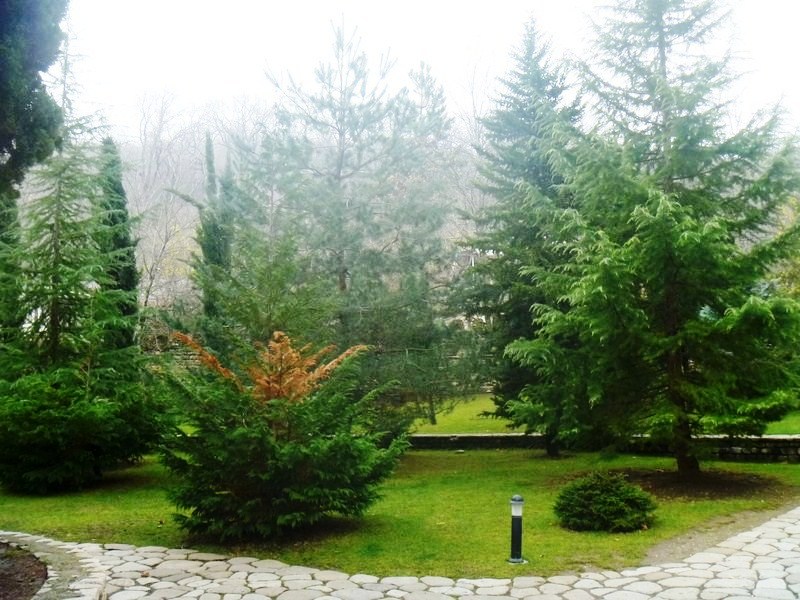
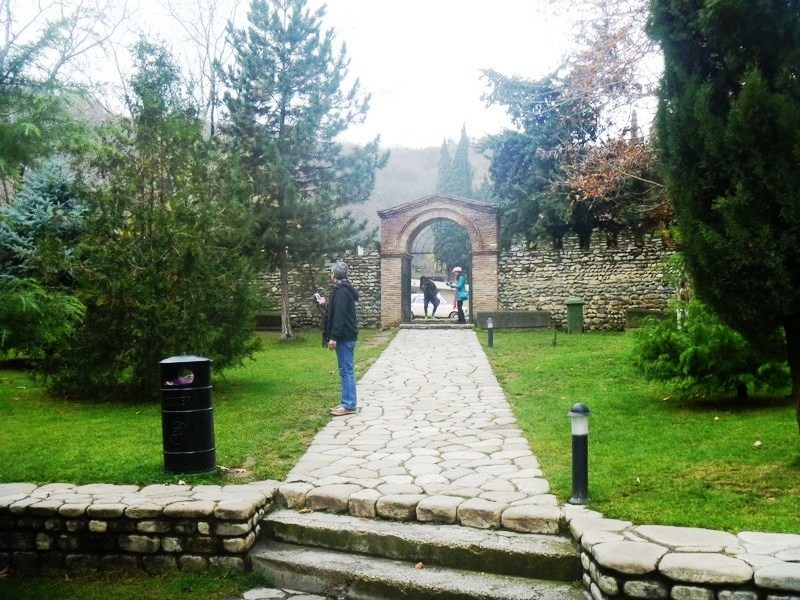
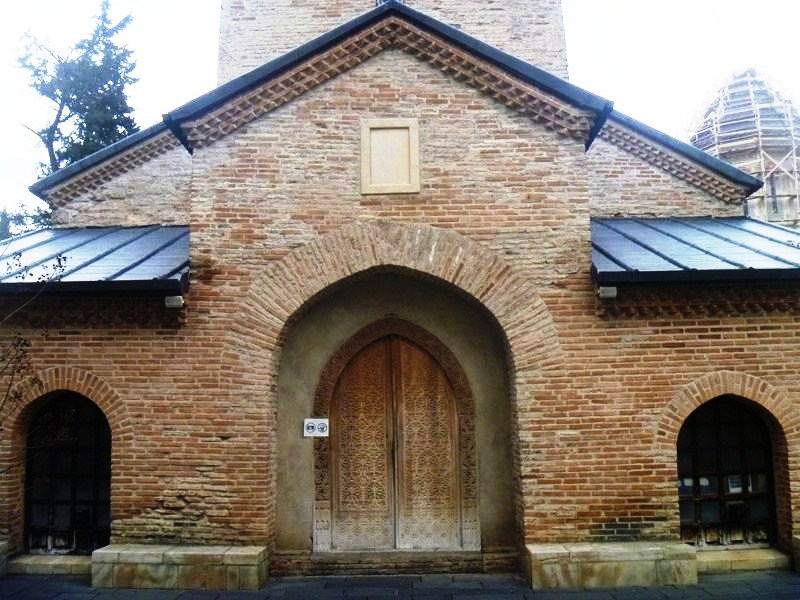
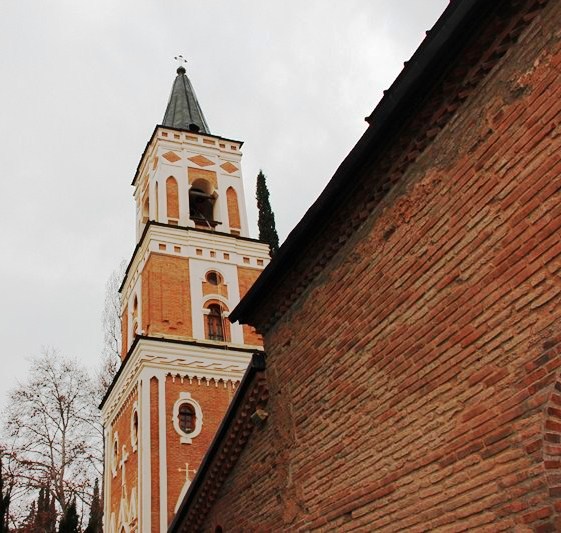
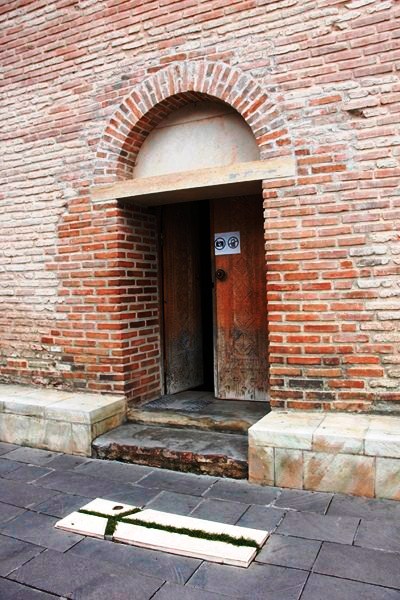
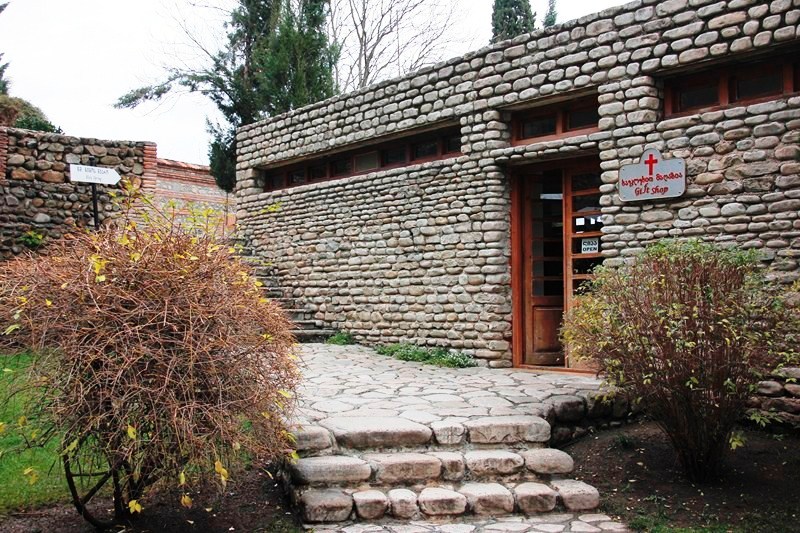
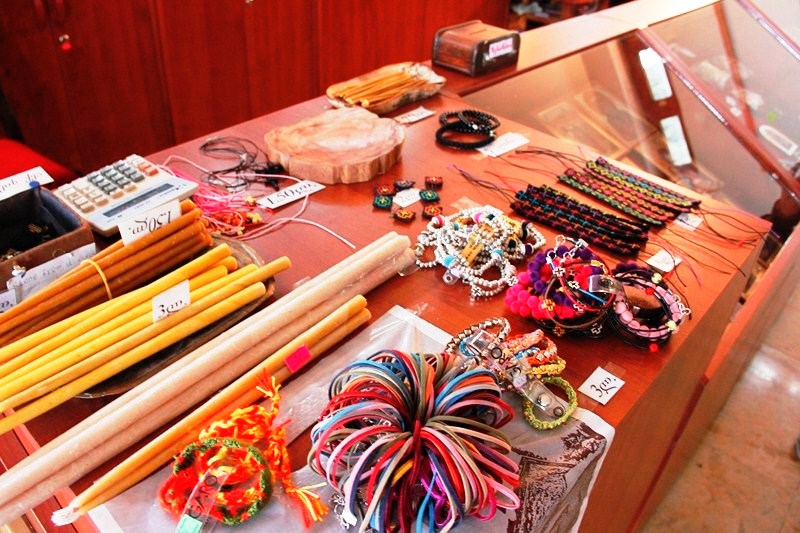
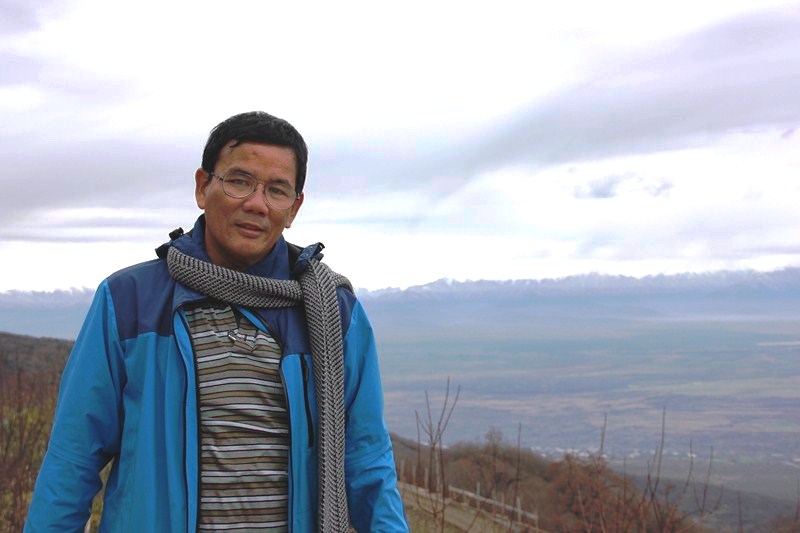
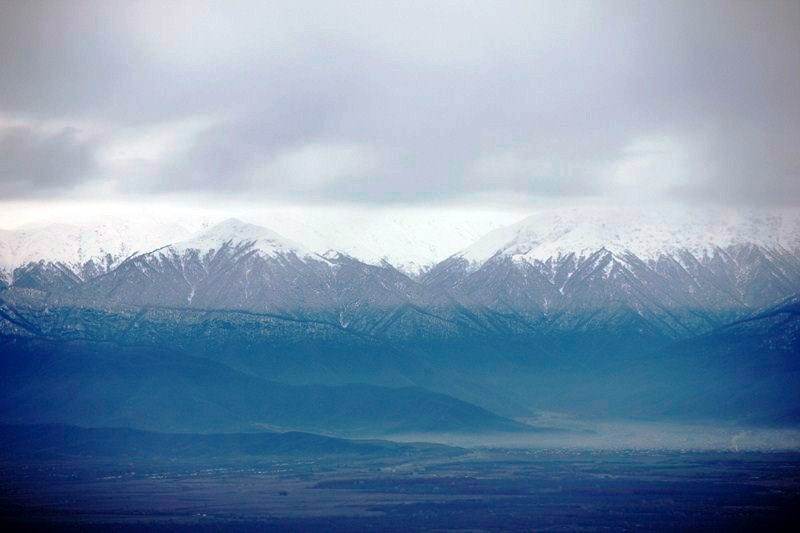
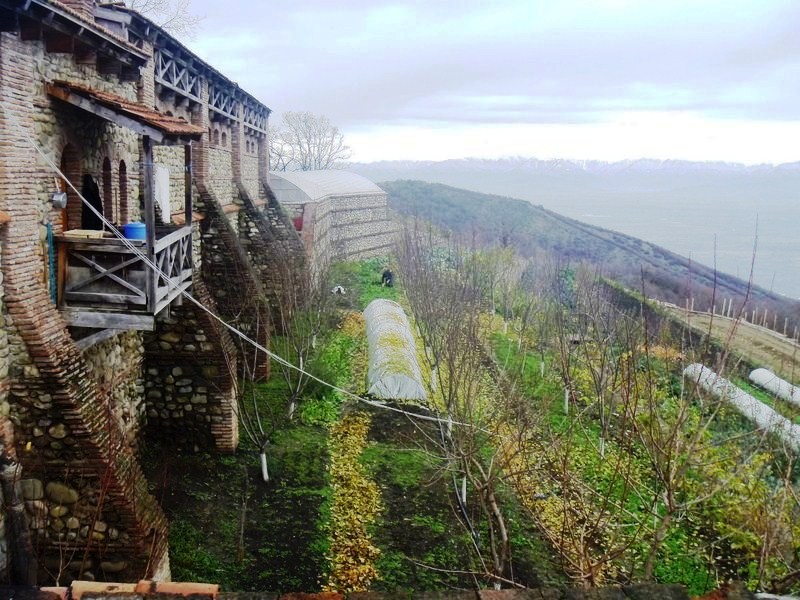
please can you send me the email adress of the Monastery of Nino – i would like to get in contact with a nun of the gift shop
best regards Thomas, Austria
Sorry I have no idea